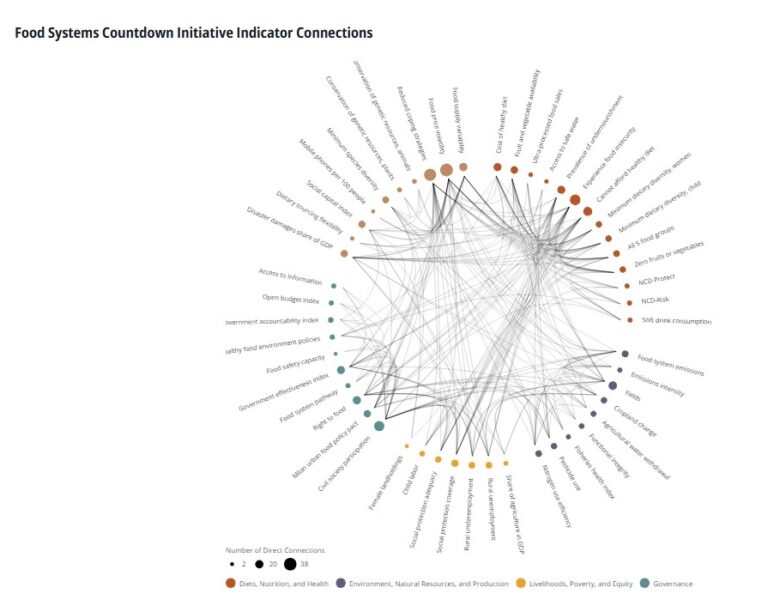Food demand is shaped by food environments, such as the physical, economic, political and socio-cultural context in which consumers engage with the food system to make their decisions about acquiring, preparing and consuming food.
High Level Panel of Experts on Food Security and Nutrition | July 2024

In an era in which almost 80 percent of the global population resides in urban and peri‑urban (U‑PU) areas, understanding and addressing the complexities of U‑PU food systems is more critical than ever. This groundbreaking report by the High Level Panel of Experts on Food Security and Nutrition (HLPE‑FSN) challenges prevailing narratives, revealing that over three‑quarters of the world’s food‑insecure population lives in urban and peri‑urban regions, and that U‑PU areas are epicentres of multiple burdens of malnutrition.
The report provides an in‑depth analysis of the unique challenges and opportunities in these areas. It shows how U‑PU areas have a profound impact on food systems, influencing production, distribution and consumption patterns worldwide. The report emphasizes the need for equitable, accessible, sustainable and resilient food systems, for the realization of the right to food.
The report also stresses the importance of multilevel, multilateral and multi‑actor governance and highlights the intricate linkages between food systems and other critical systems related to water, energy and mobility. With action‑oriented policy recommendations, this report is an essential tool for policymakers, researchers and stakeholders dedicated to ensuring food security and nutrition in the context of rapid urbanization.



